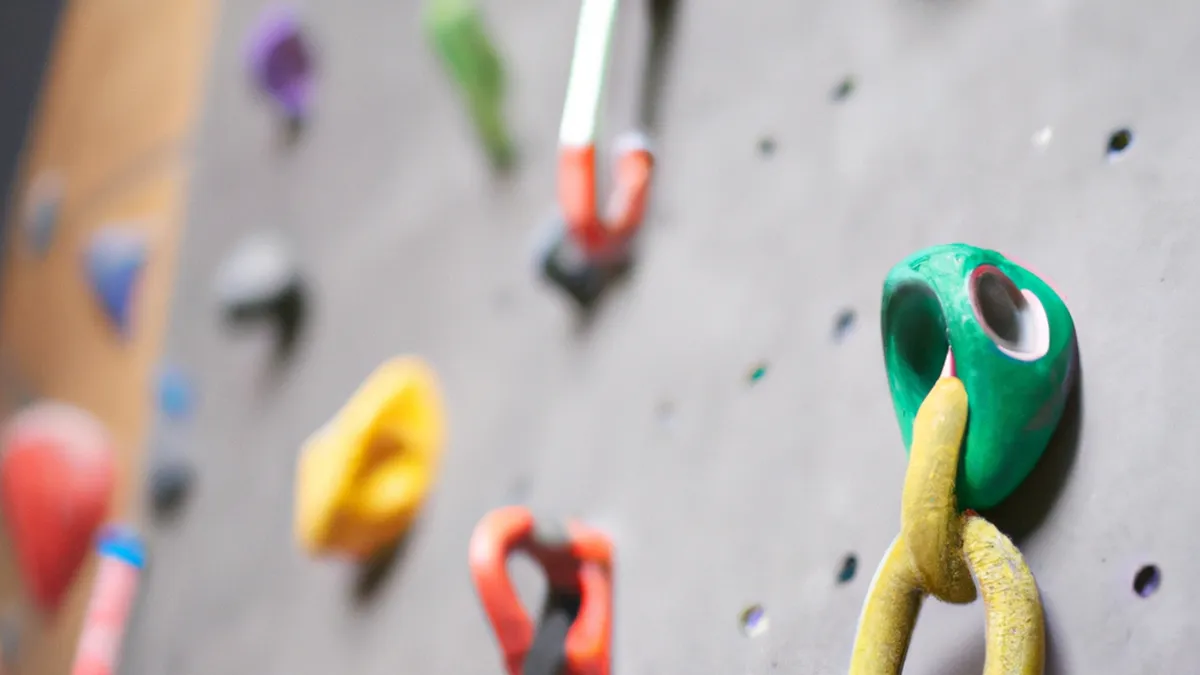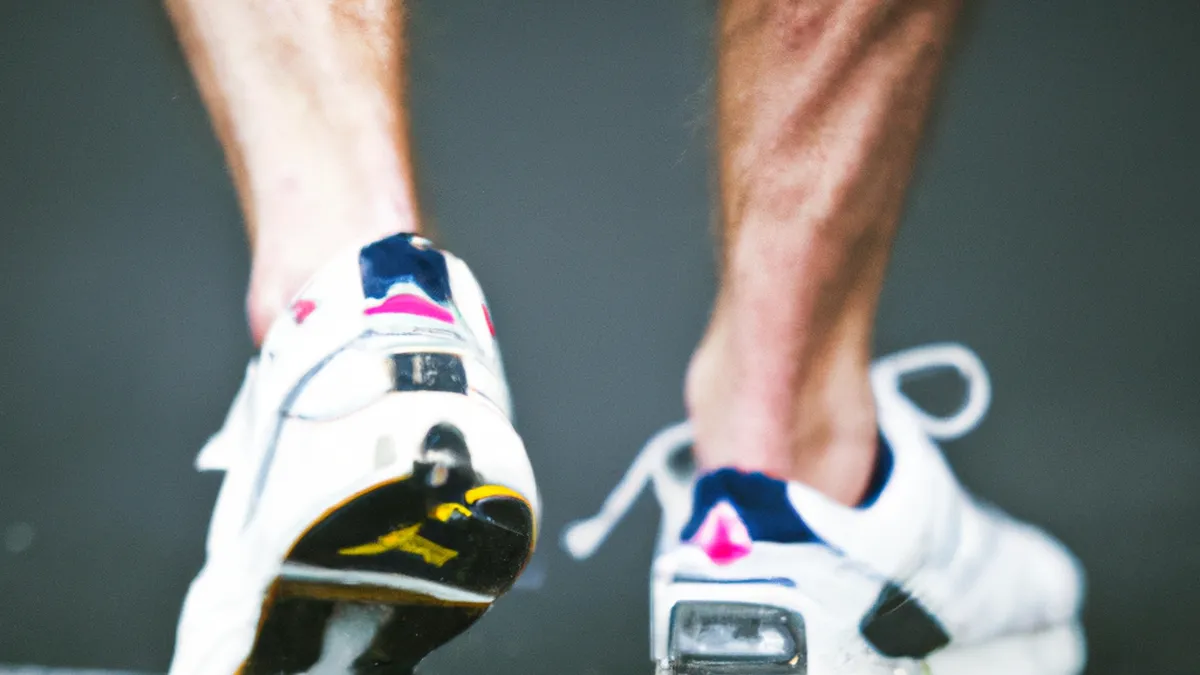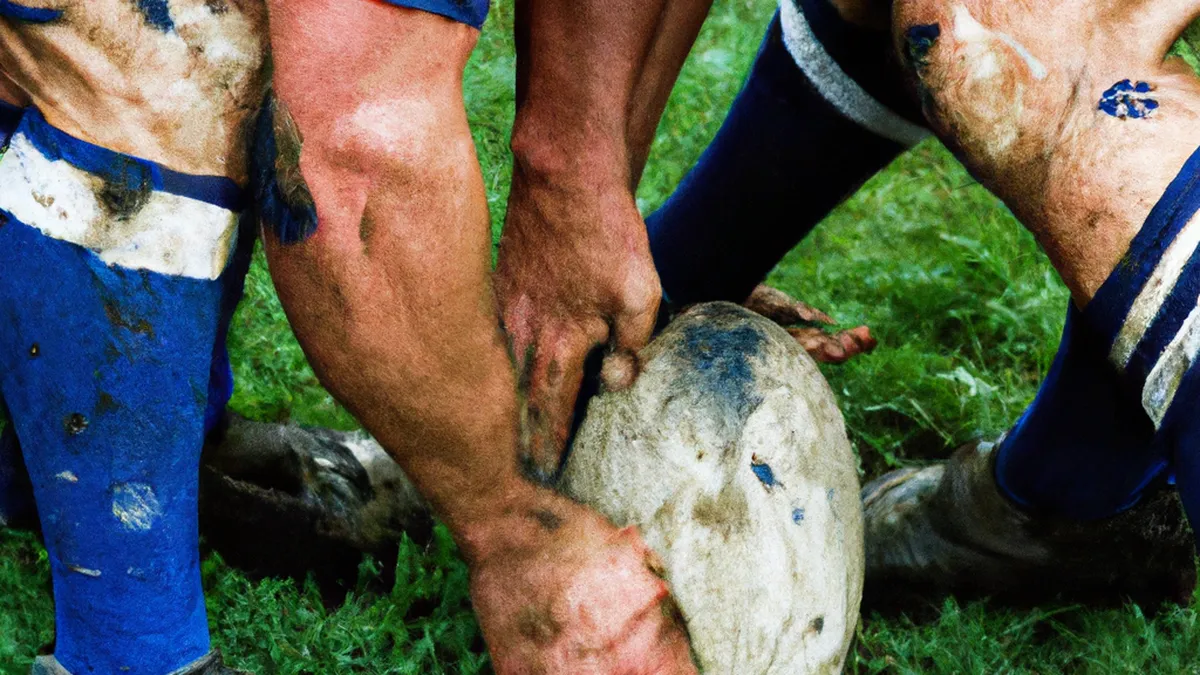Climbing Tips: Core Stability Essentials
Core Stability for MountaineersMountaineering demands physical fitness, mental strength, and technical skill. Many climbers prioritize upper body strength and leg endurance. However, core stability plays a crucial role in climbing performance. A strong core supports your body, enhances balance, and improves efficiency. This blog post explores core stability, offers tips to enhance it, shares training advice, and discusses its benefits for mountaineers.
Understanding Core Stability
Core stability means your abdomen, lower back, hips, and pelvis work together to support your spine. These muscles create a stable foundation, essential for posture and balance during climbs. Your core stabilizes your torso, allowing limb movement without compromising balance. A stable core improves body mechanics and helps maintain form, especially when fatigued. In mountaineering, poor form can lead to falls or injuries.
Tips for Building Core Stability
As an Amazon Associate I earn from qualifying purchases.
Gear tip: consider climbing shoes, chalk bag, and belay device to support this topic.
1. **Prioritize Planks** Planks effectively strengthen your core. They engage multiple muscle groups, promoting overall strength. Start with a basic plank for 30 seconds and gradually increase the duration. Add variations like side planks and plank shoulder taps to target different core areas.2. **Incorporate Dynamic Movements** Dynamic exercises challenge your core functionally. Use moves like mountain climbers, Russian twists, and medicine ball throws. These exercises enhance core strength and improve coordination and agility, crucial for navigating rocky terrain.3. **Utilize Stability Tools** Tools like stability balls, balance boards, and Bosu balls add challenge to core workouts. These tools require intense core engagement for balance. For instance, doing push-ups on a stability ball enhances core demand, making the exercise more effective.4. **Focus on Breathing Techniques** Proper breathing activates and strengthens your core. Diaphragmatic breathing engages core muscles more effectively than shallow chest breathing. Inhale deeply through your nose, expand your abdomen, and exhale fully through your mouth. Use this pattern during core exercises for better results.5. **Engage in Functional Training** Incorporate functional training exercises that mimic climbing movements. Exercises like kettlebell swings enhance your core stability and prepare you for climbing challenges.
Conclusion
Core stability significantly impacts mountaineering performance. Prioritize core training to enhance strength, balance, and overall climbing efficiency.
Below are related products based on this post:
FAQ
Why is core stability important for mountaineers?
Core stability is crucial for mountaineers as it supports the spine and enhances balance. A strong core allows for better body mechanics, which helps maintain form during climbs and reduces the risk of falls or injuries. It also improves overall climbing efficiency.
What exercises can help build core stability?
Exercises that effectively build core stability include planks, mountain climbers, and Russian twists. Incorporating dynamic movements and using stability tools like balance boards can further enhance core strength. Functional training exercises that mimic climbing movements are also beneficial.
How does breathing technique affect core stability?
Proper breathing techniques, particularly diaphragmatic breathing, engage and strengthen the core more effectively than shallow chest breathing. Inhaling deeply and expanding the abdomen while exhaling fully helps activate core muscles during exercises, leading to better results in training.















Post Comment